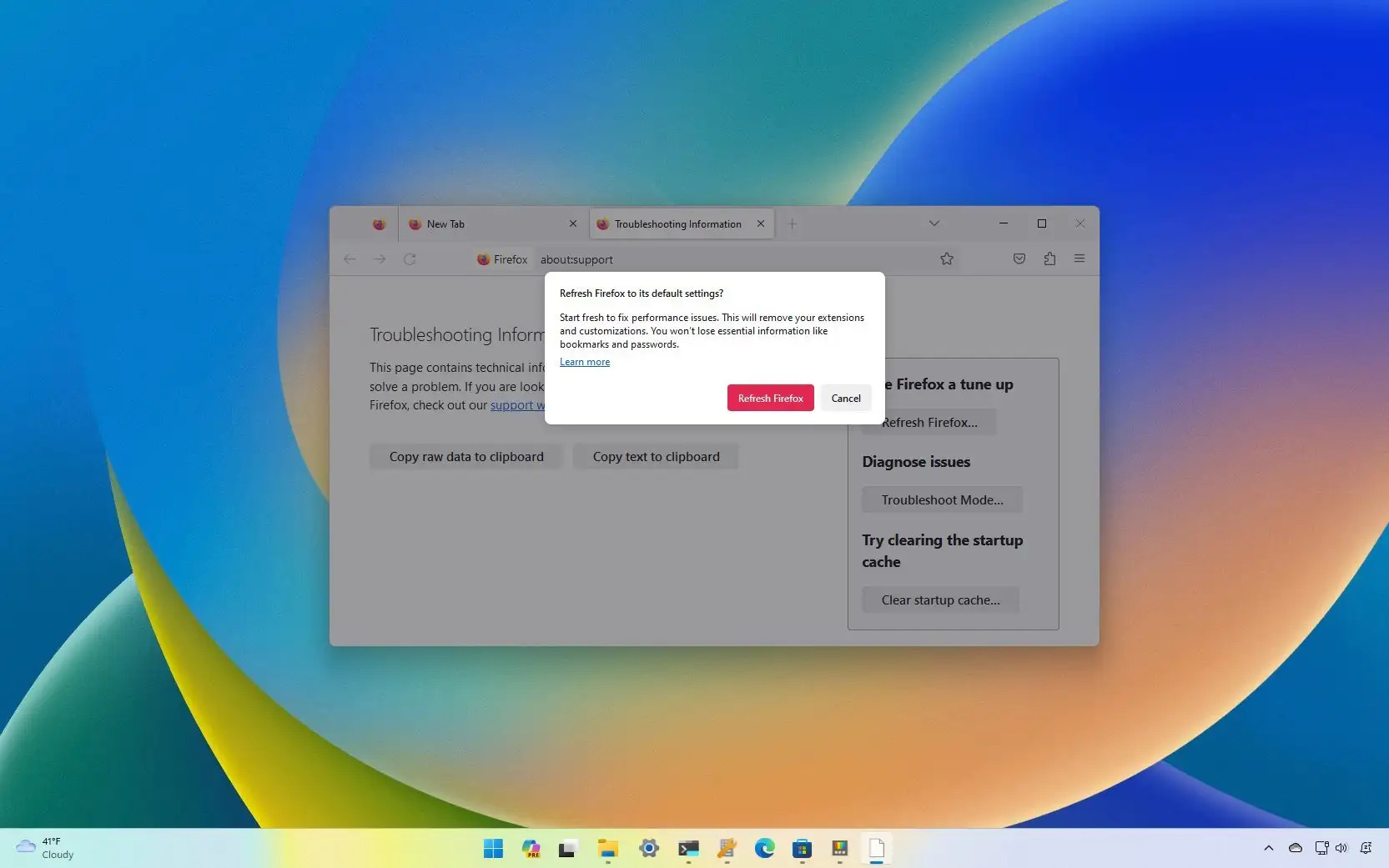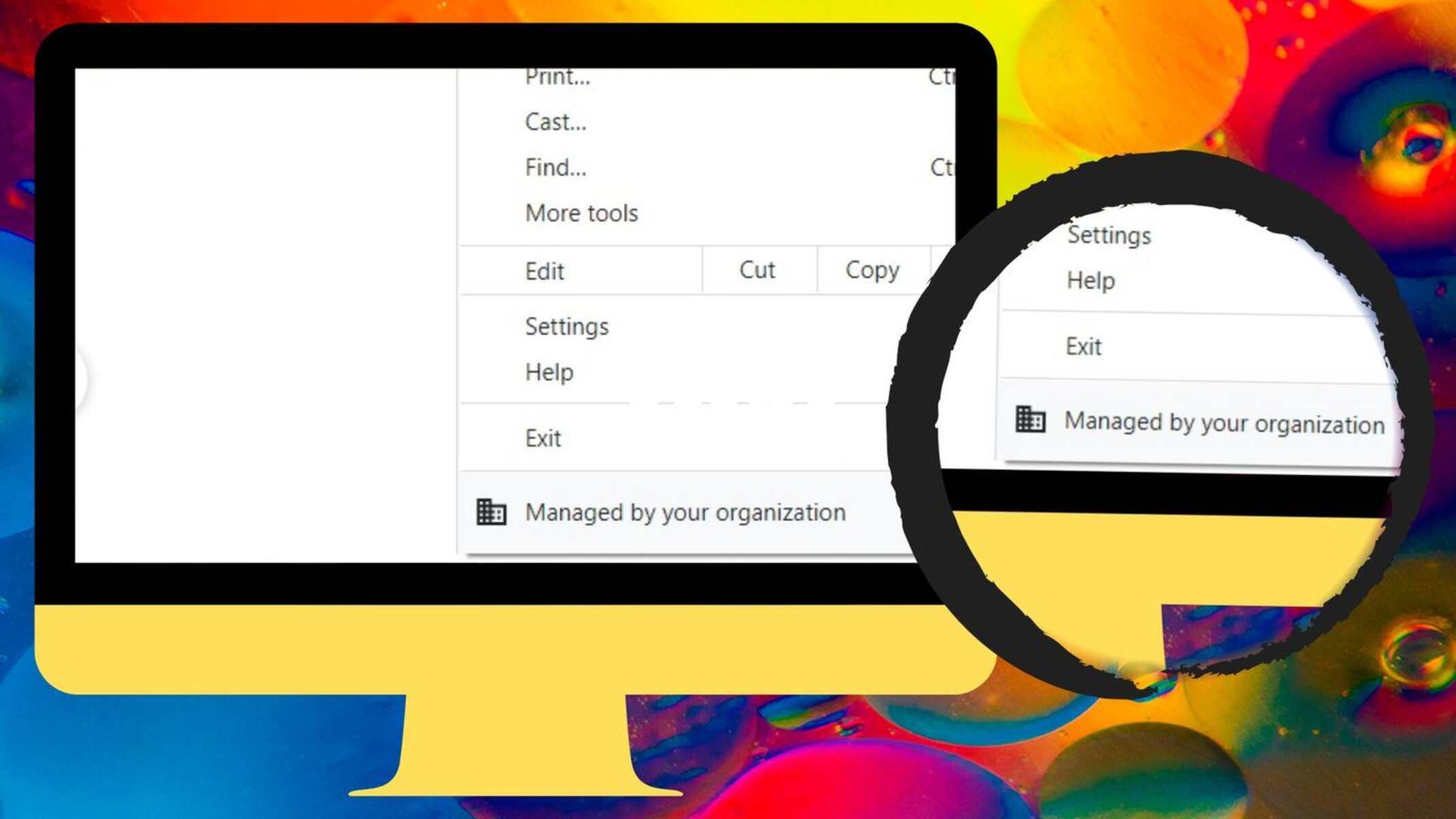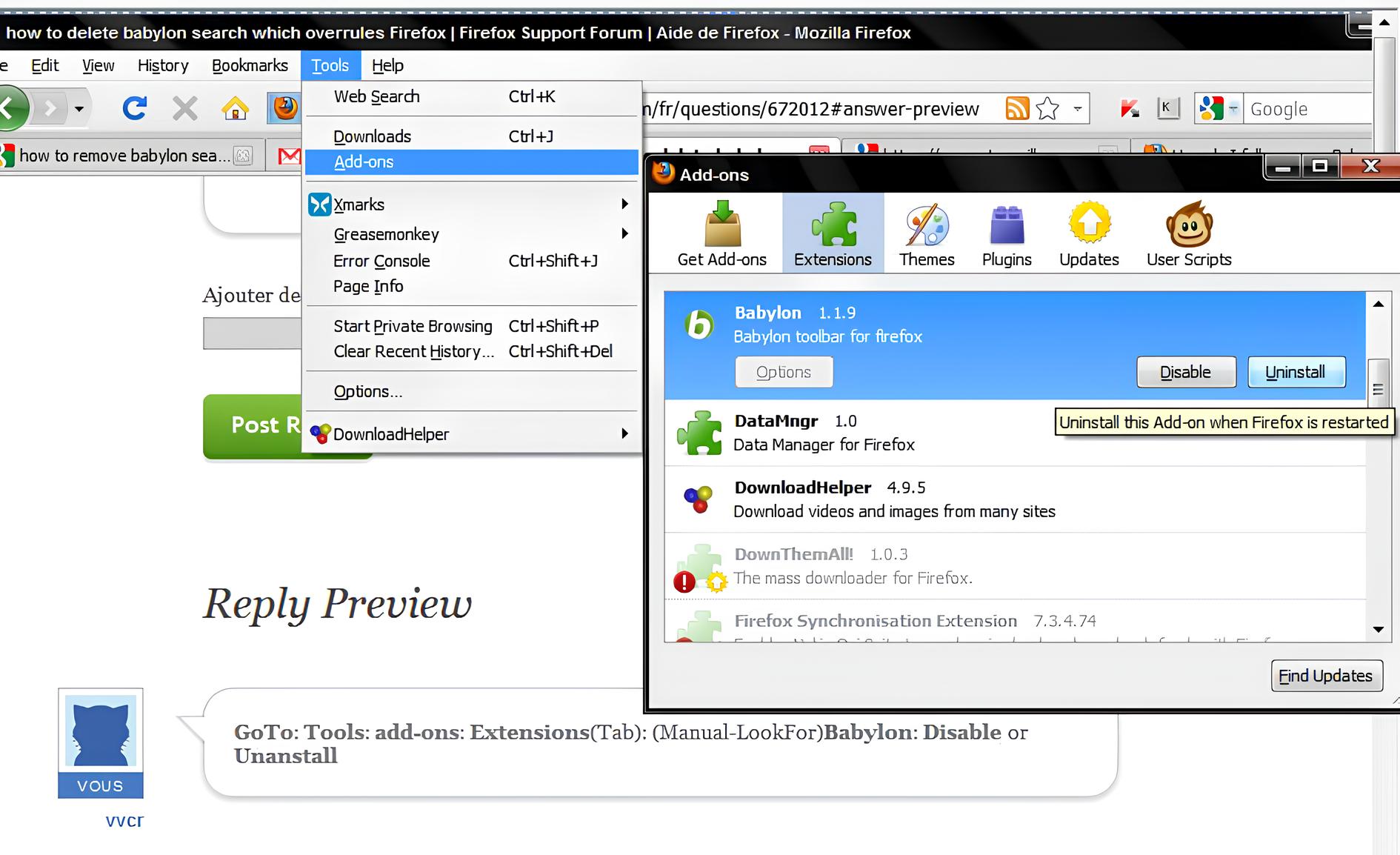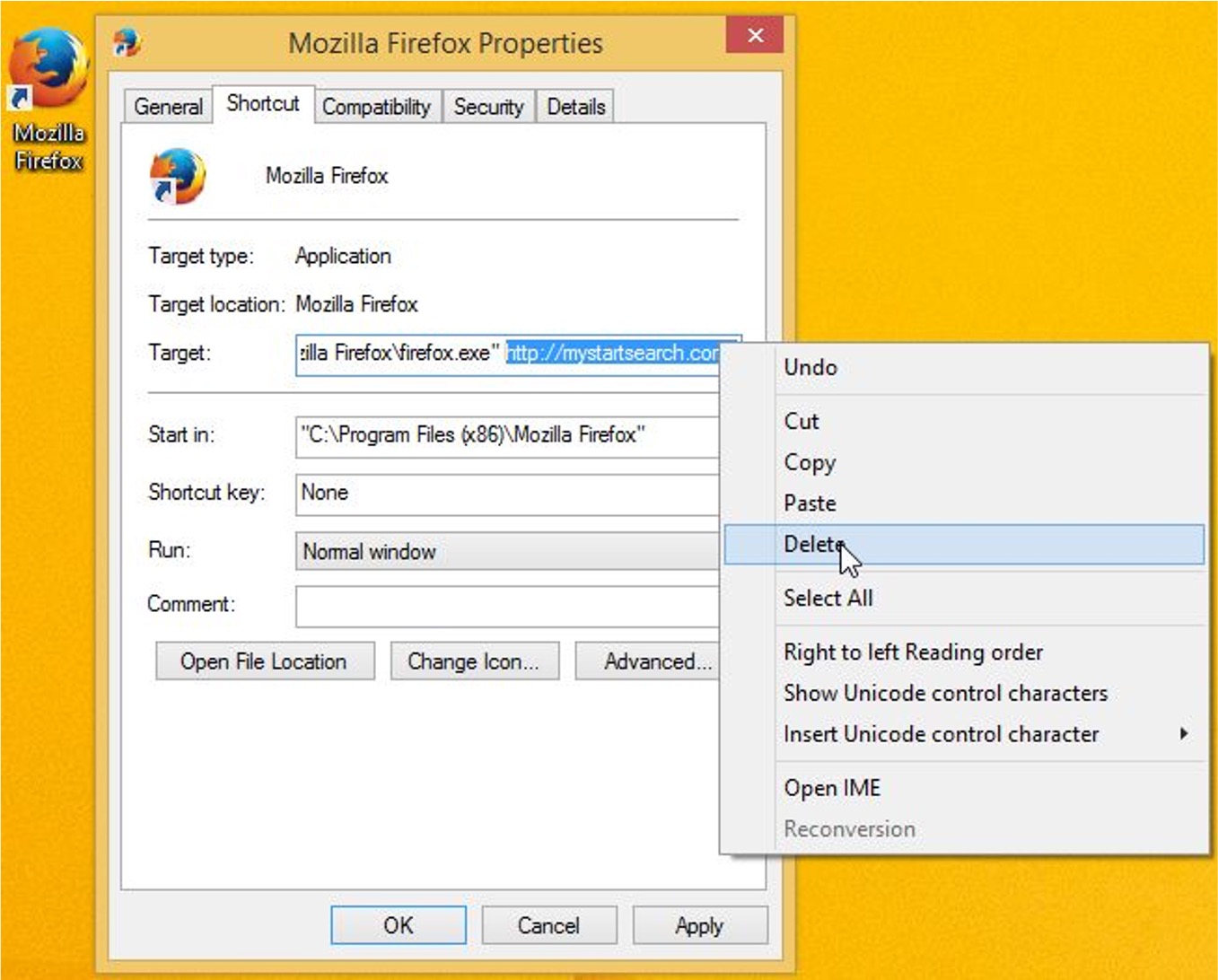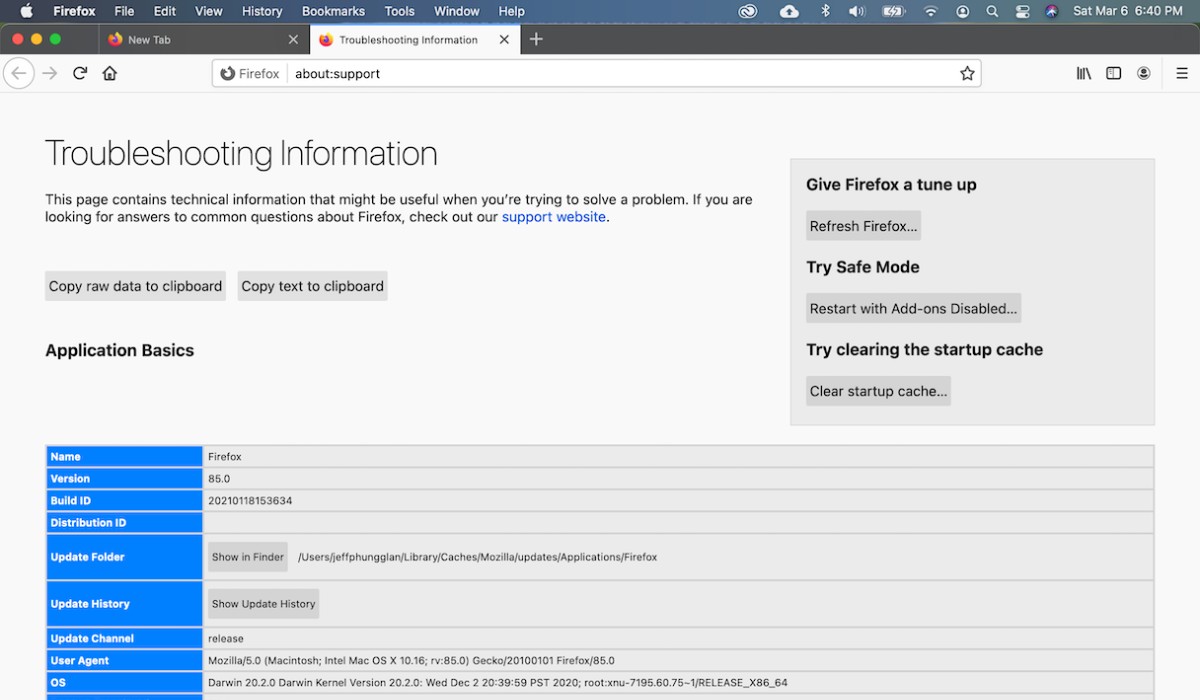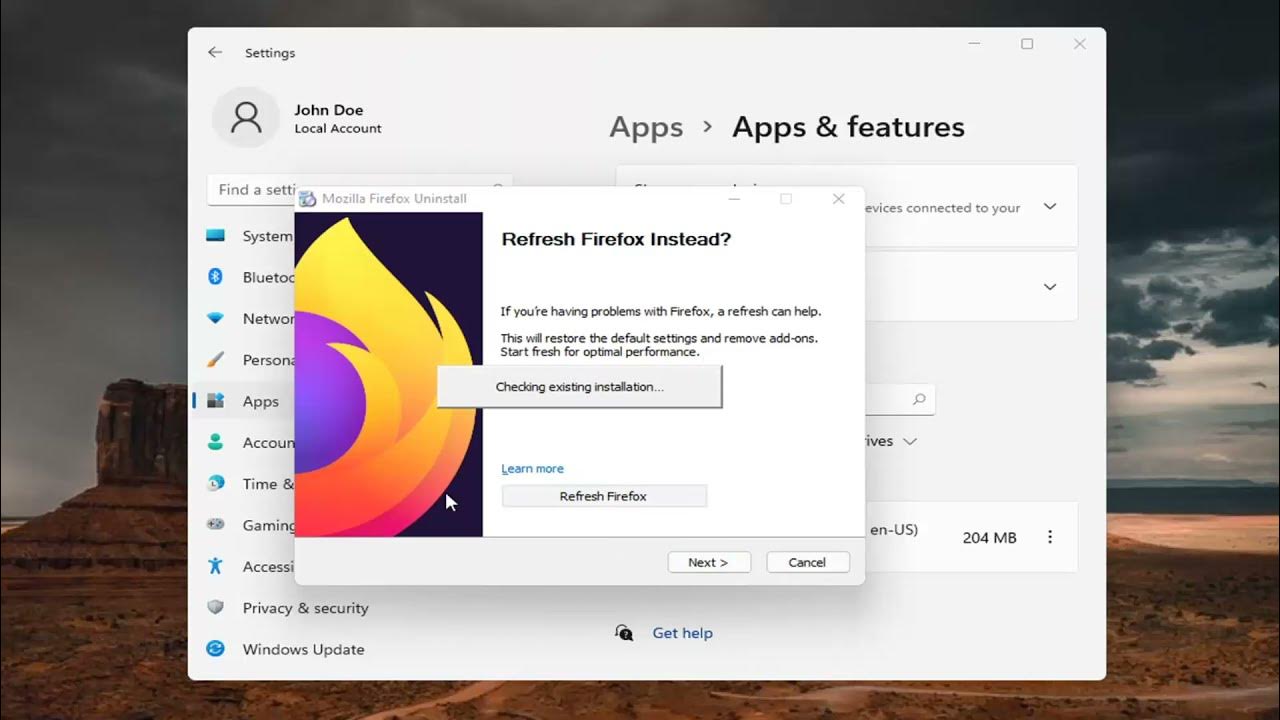Introduction
Resetting Firefox settings can be a quick and effective solution to various issues you may encounter while using the browser. Over time, Firefox may accumulate temporary data, cookies, and other browsing history that can lead to performance issues, slow loading times, or unexpected errors. By resetting Firefox, you can restore it to its default state, eliminating any problematic settings or configurations that may be causing disruptions.
Whether you're experiencing frequent crashes, unresponsive tabs, or unusual behavior within the browser, performing a reset can often resolve these issues. It's important to note that resetting Firefox will not delete your bookmarks, browsing history, or saved passwords. Instead, it will remove customizations, extensions, and some preferences, providing a fresh start for the browser without losing your essential data.
In this guide, we'll walk through the step-by-step process of resetting Firefox settings, ensuring that you can easily navigate the necessary options within the browser. By following these instructions, you'll be able to refresh Firefox and potentially resolve any performance or functionality issues you may be encountering. Let's dive into the process of resetting Firefox and explore how it can help optimize your browsing experience.
Step 1: Open Firefox
To initiate the process of resetting Firefox settings, the first step is to open the Firefox web browser on your computer. You can do this by locating the Firefox icon on your desktop or by searching for "Firefox" in the applications menu or search bar.
Once you have located the Firefox icon, simply double-click on it to launch the browser. Alternatively, you can also right-click on the icon and select "Open" from the context menu. If Firefox is set as your default browser, you can also open it by clicking on any web link from an external source, such as an email or document, and the browser will automatically launch.
Upon opening Firefox, you will be greeted by the familiar interface, including the address bar, navigation buttons, and any customizations or extensions you may have added. Take a moment to ensure that Firefox has fully loaded and is ready for use before proceeding to the next step.
Opening Firefox is the initial step in the process of resetting its settings, setting the stage for accessing the necessary menu options and troubleshooting tools that will enable you to perform the reset. With Firefox now open and ready, you are prepared to move on to the subsequent steps, guiding you through the process of refreshing the browser and potentially resolving any issues you may be experiencing.
By following these step-by-step instructions, you can easily navigate the process of resetting Firefox settings, empowering you to optimize your browsing experience and address any performance or functionality concerns you may encounter. With Firefox open and ready, let's proceed to the next step in the process of resetting its settings.
Step 2: Access the Menu
To continue with the process of resetting Firefox settings, the next step is to access the browser's menu, which contains a range of options for customizing and managing Firefox. The menu is a central hub for accessing various features, including settings, add-ons, and help resources, making it a crucial element in navigating the browser's functionalities.
To access the menu, look to the top-right corner of the Firefox window, where you will find an icon consisting of three horizontal lines stacked on top of each other. This icon represents the main menu of Firefox and is commonly referred to as the "hamburger menu" due to its distinctive appearance. Click on this icon to reveal the dropdown menu, which will display a list of options and features available within Firefox.
Upon clicking the hamburger menu icon, a dropdown panel will appear, presenting a variety of options organized into different categories. These categories typically include items such as "New Tab," "New Window," "Save Page," "Print," "History," "Bookmarks," "Tools," and "Help." The menu is designed to provide quick access to essential browser functions and settings, allowing users to navigate and customize their browsing experience efficiently.
In addition to the standard options visible in the dropdown panel, you may also notice an arrow at the bottom of the menu, indicating that there are more features available beyond what is initially displayed. Clicking on this arrow will expand the menu, revealing additional options and functionalities that may be useful for managing and troubleshooting Firefox.
Accessing the menu is a fundamental step in the process of resetting Firefox settings, as it serves as the gateway to the browser's troubleshooting tools and advanced configurations. By familiarizing yourself with the menu and its contents, you can gain a deeper understanding of the available options and effectively navigate the browser's features.
With the menu now accessible, you are prepared to proceed to the subsequent steps, guiding you through the process of resetting Firefox settings and potentially resolving any issues affecting your browsing experience. By following these step-by-step instructions, you can confidently navigate the menu and access the essential tools needed to refresh Firefox, optimizing its performance and functionality.
Continuing with the next steps will lead you closer to the process of resetting Firefox settings, empowering you to address any performance concerns and enhance your overall browsing experience. With the menu now within reach, let's move forward to the subsequent steps, guiding you through the process of refreshing Firefox and potentially resolving any issues you may encounter.
Step 3: Choose Help
After accessing the menu in Firefox, the next crucial step in the process of resetting its settings is to choose the "Help" option from the dropdown menu. The "Help" feature in Firefox provides valuable resources and support for users, offering assistance with troubleshooting, customizing settings, and accessing essential information about the browser's functionalities.
Upon clicking on the "Help" option in the menu, a submenu will appear, presenting a range of additional features and resources designed to aid users in managing and optimizing their browsing experience. This submenu typically includes options such as "About Firefox," "Firefox Support," "Submit Feedback," and "Troubleshooting Information."
By selecting the "Help" option and exploring the available submenu, you gain access to a wealth of support materials and tools that can be instrumental in addressing any issues you may encounter while using Firefox. The "Help" feature serves as a central hub for obtaining guidance, accessing browser updates, and finding solutions to common problems that may affect performance and functionality.
One of the key elements within the "Help" submenu is the "Troubleshooting Information" option, which is particularly relevant to the process of resetting Firefox settings. By choosing "Troubleshooting Information," you can access detailed data about the browser's configuration, including information about installed extensions, modified preferences, and important system details.
The "Troubleshooting Information" page provides a comprehensive overview of Firefox's settings and configurations, enabling you to review essential details that may impact the browser's performance. This information is crucial in identifying any problematic elements that could be contributing to issues such as slow loading times, unresponsive tabs, or unexpected crashes.
Accessing the "Help" submenu and choosing the "Troubleshooting Information" option is a pivotal step in preparing for the actual reset of Firefox. By reviewing the detailed information provided in this section, you can gain valuable insights into the browser's current state, empowering you to make informed decisions about resetting its settings.
With the "Help" submenu now accessible and the "Troubleshooting Information" option within reach, you are well-positioned to proceed to the subsequent steps, guiding you through the process of resetting Firefox settings. By leveraging the support resources available within the "Help" feature, you can confidently navigate the troubleshooting process and potentially resolve any performance or functionality issues affecting your browsing experience.
Continuing with the next steps will lead you closer to the process of resetting Firefox settings, empowering you to address any concerns and optimize your overall browsing experience. With the "Help" feature now at your disposal, let's move forward to the subsequent steps, guiding you through the process of refreshing Firefox and potentially resolving any issues you may encounter.
Step 4: Select Troubleshooting Information
Upon choosing the "Troubleshooting Information" option from the "Help" submenu in Firefox, you will be directed to a dedicated page that provides comprehensive insights into the browser's configuration and performance. This page serves as a valuable resource for users seeking to diagnose and address issues that may be impacting their browsing experience.
The "Troubleshooting Information" page is divided into several sections, each containing essential details about different aspects of Firefox. One of the prominent sections is the "Application Basics," which presents fundamental information such as the browser version, profile folder path, and installation directory. This section offers a quick overview of the basic technical details related to your Firefox installation, providing valuable context for troubleshooting potential issues.
Another critical section within the "Troubleshooting Information" page is "Extensions," which lists all the extensions and themes installed in Firefox. By reviewing this section, you can identify any third-party extensions that may be contributing to performance issues or unexpected behavior within the browser. This insight is particularly valuable when considering a reset of Firefox, as it allows you to assess the impact of installed extensions on the browser's functionality.
Furthermore, the "Modified Preferences" section displays a comprehensive list of preferences that have been modified from their default settings. This information is crucial in understanding any customizations or alterations made to Firefox's preferences, potentially shedding light on configurations that could be affecting the browser's performance.
In addition to these sections, the "Important Modified Preferences" subsection highlights specific preferences that have been altered from their default values, drawing attention to critical settings that may be influencing the browser's behavior. By reviewing these modified preferences, you can gain valuable insights into potential areas of concern that may warrant a reset of Firefox to restore default configurations.
Overall, the "Troubleshooting Information" page serves as a powerful diagnostic tool, equipping users with detailed data about Firefox's settings and configurations. By carefully reviewing the information presented on this page, you can make informed decisions about resetting Firefox to address performance issues, unexpected behavior, or other concerns affecting your browsing experience.
With the Troubleshooting Information now accessible, you are well-prepared to proceed to the subsequent steps, guiding you through the process of resetting Firefox settings. By leveraging the insights provided in the Troubleshooting Information page, you can confidently navigate the troubleshooting process and potentially resolve any performance or functionality issues affecting your browsing experience.
Step 5: Click on Refresh Firefox
After reviewing the Troubleshooting Information and identifying potential areas of concern within Firefox, the next crucial step in the process of resetting the browser's settings is to click on the "Refresh Firefox" button. This action initiates the process of restoring Firefox to its default state, effectively removing customizations, extensions, and some preferences while retaining essential data such as bookmarks, browsing history, and saved passwords.
To access the "Refresh Firefox" option, navigate to the top-right corner of the Troubleshooting Information page, where you will find the button labeled "Refresh Firefox." Clicking on this button prompts a confirmation dialog, providing you with additional details about the reset process and its implications.
The confirmation dialog outlines the specific changes that will occur when you refresh Firefox, emphasizing that your essential information will be retained while non-essential data and customizations will be removed. It also highlights the creation of a new profile folder, ensuring that your browsing history, bookmarks, and saved passwords remain intact after the reset.
By clicking on the "Refresh Firefox" button, you signal your intent to proceed with the reset process, acknowledging the changes that will take place and confirming your decision to restore Firefox to its default settings. This action serves as the final step in preparing for the reset, initiating the process that will address any performance issues, unexpected behavior, or other concerns affecting your browsing experience.
Upon clicking the "Refresh Firefox" button, the browser will begin the reset process, automatically closing and reopening to apply the changes. This seamless transition ensures that the reset is executed efficiently, providing you with a refreshed version of Firefox that is free from problematic customizations and configurations.
By clicking on the "Refresh Firefox" button, you take a proactive step toward optimizing your browsing experience, addressing any issues that may have arisen due to accumulated temporary data, problematic extensions, or modified preferences. This action empowers you to restore Firefox to its default state, potentially resolving performance or functionality concerns while preserving your essential browsing data.
With the reset process initiated, you are one step closer to experiencing a revitalized Firefox browser, free from the issues that may have previously impacted your browsing experience. By confidently clicking on the "Refresh Firefox" button, you set the stage for a fresh start, enabling you to explore the web with improved performance and stability.
Continuing with the subsequent steps will lead you through the final phase of confirming the reset, ensuring that the process is successfully completed. With the reset process underway, you are poised to reap the benefits of a rejuvenated Firefox browser, ready to deliver an optimized and seamless browsing experience.
Step 6: Confirm the Reset
After clicking on the "Refresh Firefox" button, a confirmation dialog will appear, prompting you to confirm your decision to reset the browser. This dialog serves as a final checkpoint, ensuring that you are fully aware of the changes that will take place as a result of the reset.
In the confirmation dialog, you will be presented with a summary of the actions that will occur during the reset process. This summary emphasizes that Firefox will be restored to its default state, removing customizations, extensions, and some preferences while retaining essential data such as bookmarks, browsing history, and saved passwords. The dialog also highlights the creation of a new profile folder, safeguarding your vital browsing information throughout the reset.
To proceed with the reset, simply click on the "Refresh Firefox" button within the confirmation dialog. This action signifies your commitment to restoring Firefox to its default settings, acknowledging the changes that will occur and affirming your decision to initiate the reset process.
Upon confirming the reset, Firefox will seamlessly close and reopen, applying the changes to complete the reset process. This transition ensures that the reset is executed efficiently, providing you with a refreshed version of Firefox that is free from problematic customizations and configurations.
By confirming the reset, you take a proactive step toward optimizing your browsing experience, addressing any issues that may have arisen due to accumulated temporary data, problematic extensions, or modified preferences. This action empowers you to restore Firefox to its default state, potentially resolving performance or functionality concerns while preserving your essential browsing data.
With the reset process confirmed, you are one step closer to experiencing a revitalized Firefox browser, free from the issues that may have previously impacted your browsing experience. By affirming the reset, you set the stage for a fresh start, enabling you to explore the web with improved performance and stability.
As Firefox reopens after the reset, you will have the opportunity to explore the browser's default settings and configurations, free from any problematic elements that may have previously affected its performance. This clean slate allows you to navigate the web with renewed confidence, knowing that Firefox has been refreshed to deliver an optimized and seamless browsing experience.
Continuing with the subsequent steps will lead you through the final phase of confirming the reset, ensuring that the process is successfully completed. With the reset process underway, you are poised to reap the benefits of a rejuvenated Firefox browser, ready to deliver an optimized and seamless browsing experience.







